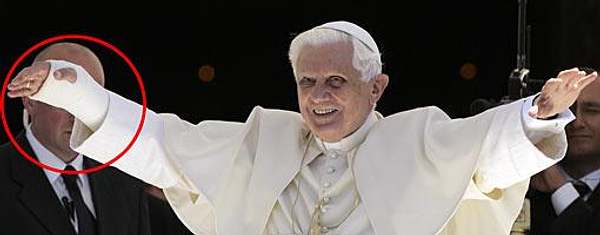Den hellige Johannes Maria Vianney (1786-1859)
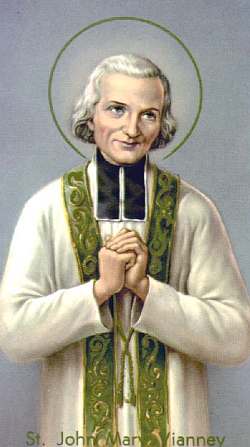 I dag feirer vi minnet om «sognepresten i Ars», den hellige Johannes Maria Vianney, som er vernehelgen for året for prester, som vi nå er inne i. Slik leser vi om ham på katolsk.no:
I dag feirer vi minnet om «sognepresten i Ars», den hellige Johannes Maria Vianney, som er vernehelgen for året for prester, som vi nå er inne i. Slik leser vi om ham på katolsk.no:
Den hellige Johannes Maria Vianney (fr: Jean-Marie) ble født den 8. mai 1786 i den lille landsbyen Dardilly ved Lyon i departementet Rhône i Frankrike. Han kom fra en from småbondefamilie og var den fjerde av seks barn av Matthieu Vianney og Marie Beluse. Alle barna ble viet til den hellige jomfru Maria og bar hennes navn. Johannes var først gjeter på farens gård og fikk lite utdannelse, delvis på grunn av sin bakgrunn og delvis på grunn av Den franske revolusjon, som brøt ut i 1789 da han var tre år gammel. Dens medfølgende vold og forfølgelsene av det lojale presteskapet innvirket også på hans oppvekst. … …
Kirken hadde blitt betydelig svekket under revolusjonen. Den hadde mistet minst 135 biskoper og 20.000 prester under terrorveldet, noen ved apostasi (frafall), noen ved skisma, noen ved død og noen ved ekteskapsinngåelse. Det var et stort behov for nye prester, og dette tvang Kirken i Lyon til å lette på kravene til prestestudentene. Dermed fikk Johannes en sjanse. Den 28. mai 1811 mottok han tonsuren, og året etter ble han sendt til petit séminaire i Verrières for ett års filosofistudier. I 1813 ble han overført til grand séminaire St. Ireneus i Lyon. Hans fremgang i studiet var svært langsom og ikke lovende, og han fant fortsatt studiene vanskelige, særlig latinen (på den tiden foregikk all undervisning på latin). På slutten av første termin forlot han seminaret for å få privatundervisning av abbé Balley i Écully, og etter tre måneder melde han seg for eksamen.
Den 2. juli 1814 mottok han de lavere vielsene og ble viet til subdiakon. Han vendte tilbake til Écully for å studere videre hos M. Balley. Men Johannes strøk til den avsluttende muntlige eksamen på seminaret, men hans privatlærer abbé Balley sørget for at han fikk prøve på nytt, og nå lyktes han ved Guds nåde. Den 23. juni 1815 ble han diakonviet (fem dager etter slaget ved Waterloo), og den 13. august ble han viet til prest i Grenoble av byens biskop Simon i en alder av 29 år. Det var mer på grunn av sin fromhet og gode vilje enn på grunn av andre kvalifikasjoner, for han ble sagt å være den frommeste, men også mest uvitende studenten i Lyon. Abbé Balley støttet hans ordinasjon og understreket at Kirken ikke bare trengte lærde prester, men også fromme.
Dagen etter ordinasjonen leste Johannes sin første messe og ble utnevnt til kapellan hos sin lærer Balley i Écully, men han fikk verken preke eller høre skriftemål. Både sognepresten og hans kapellan levde ytterst asketiske liv. Et par måneder etter utnevnelsen fikk Johannes også tillatelse til å høre skriftemål. Da Balley til sin tidligere elevs store sorg døde den 17. desember 1817, ble det utnevnt ny sogneprest i Écully og Johannes ble sendt som sogneprest (curé) til Ars (Ars-en-Dombes). Det var en ensom og forsømt landsby med 230 innbyggere, hvor alkoholisme, søndagsarbeid, utukt og religiøs likegyldighet hadde utryddet alt kirkelig liv. Hans overordnede anså at den ubegavede presten ikke kunne gjøre særlig skade der. … …
I året 1858/59 kom det 100.000 pilegrimer til Ars. Det var bare med store vanskeligheter han kunne snakke til dem, avbrutt av hosteanfall og tårer. Den 18. juli visste han at slutten var nær, og han forutsa sin egen død til begynnelsen av august. Mennesker kom i skarer for å motta hans velsignelse, og selv på dødsleiet fikk han ikke oppleve den ensomhet han søkte. Den 29. juli mistet han alle kreftene, og dagen etter kom han seg ikke opp av sengen. Den 3. august ankom biskopen av Belley i all hast, og klokken to om morgenen den 4. august 1859 døde Johannes Maria Vianney, 73 år gammel, midt i en rasende storm med lynglimt og tordenskrall.
Så mange som 300 prester og 6.000 troende blokkerte alle veiene i den knøttlille bygda da sognepresten ble gravlagt den 6. august. Hans legeme ble oppbevart i en krypt i Ars med følgende enkle innskrift: Ci-gît Jean-Marie-Baptiste Vianney, Curé d’Ars, «Her hviler Johannes Maria Baptist Vianney, sogneprest av Ars». Da kisten ble åpnet ti år senere, var hans legeme mirakuløst like friskt.

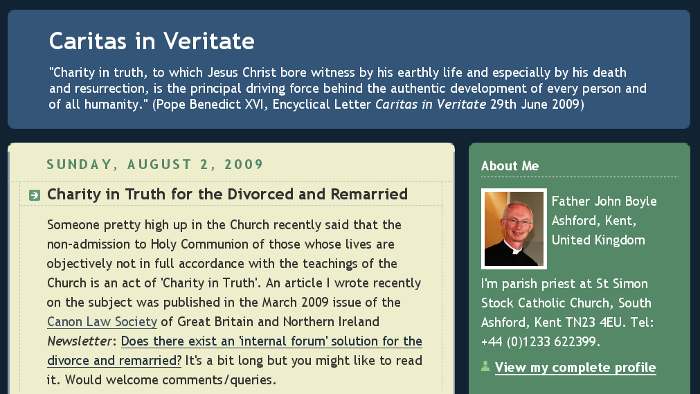
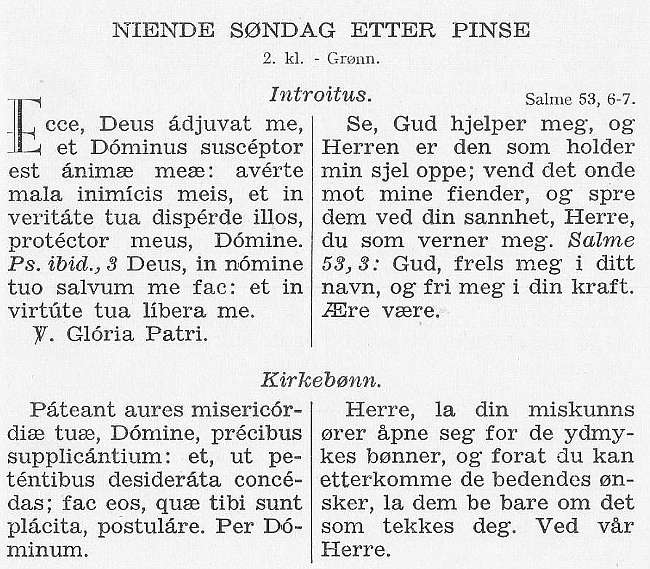
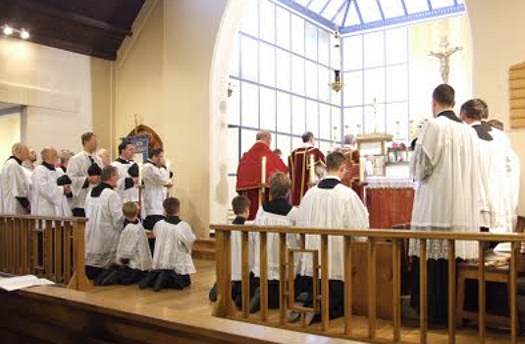
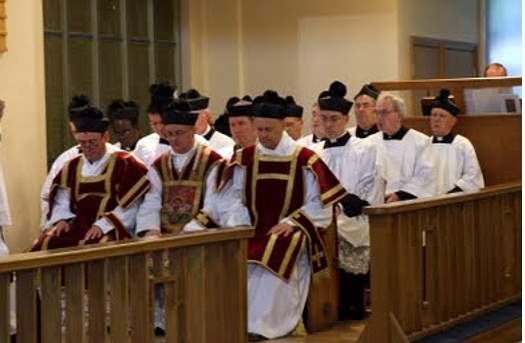

 Å lese gjennom og meditere over Kirkens liturgi – messen og tidebønnene først og fremst – hver dag gir my og god næring til vårt åndelige liv – leser vi på NLM-bloggen:
Å lese gjennom og meditere over Kirkens liturgi – messen og tidebønnene først og fremst – hver dag gir my og god næring til vårt åndelige liv – leser vi på NLM-bloggen: